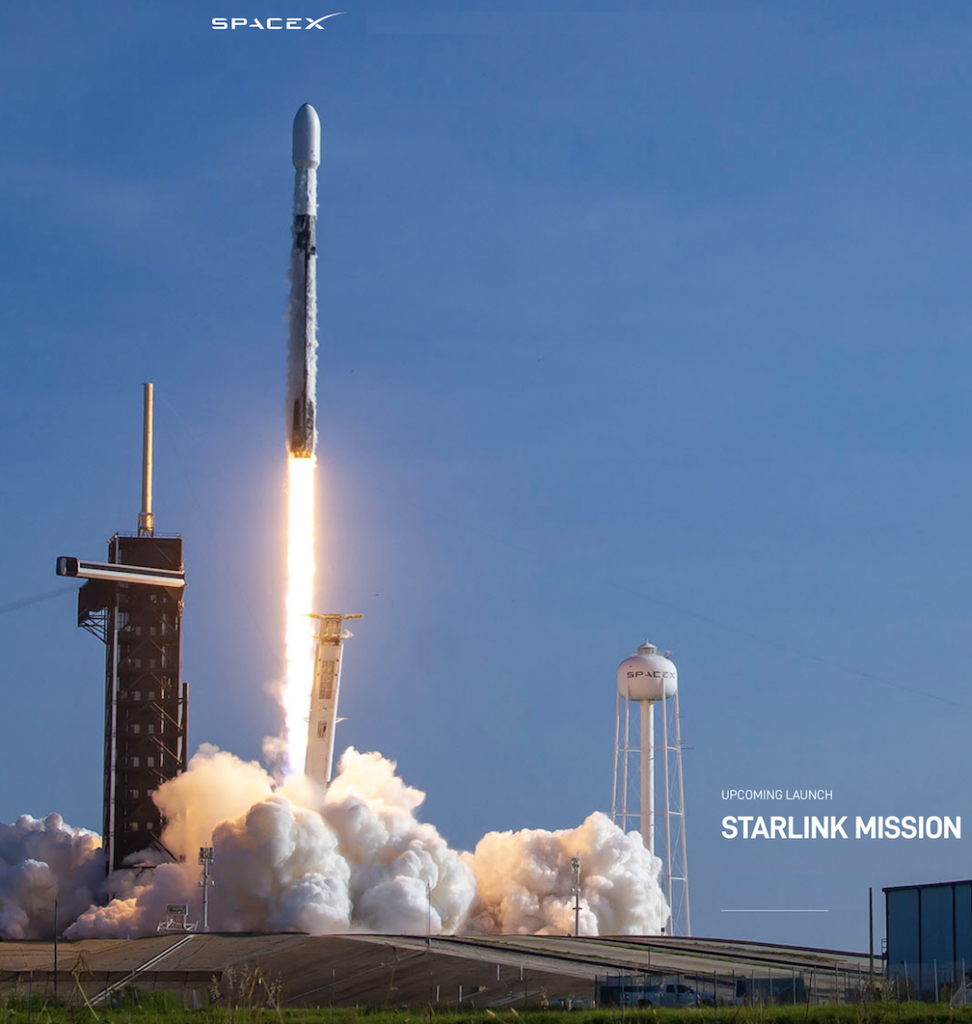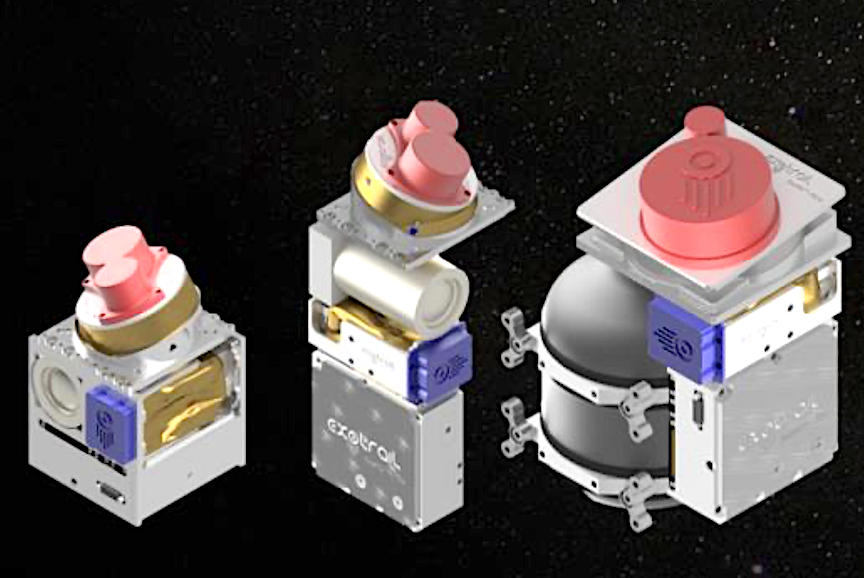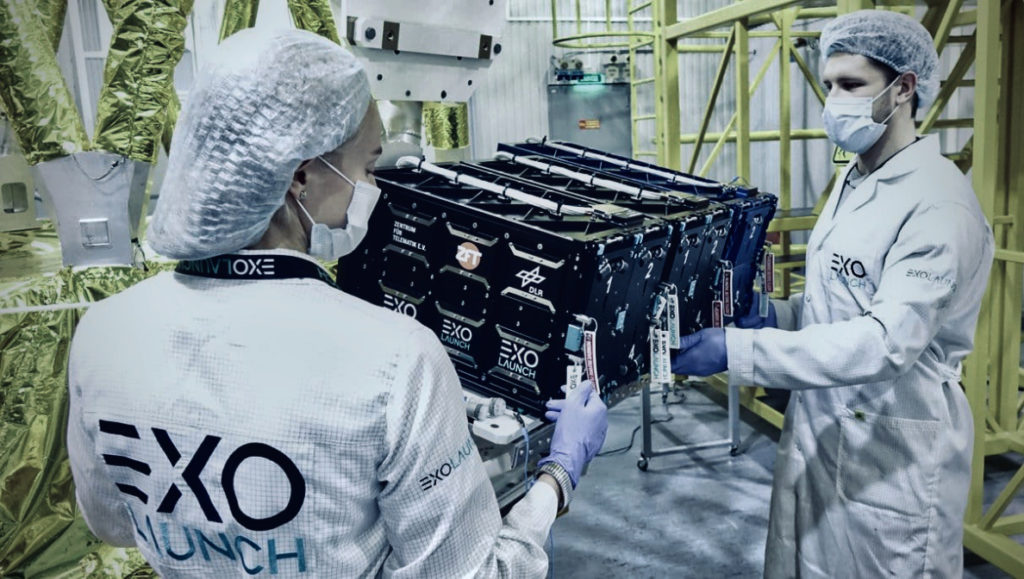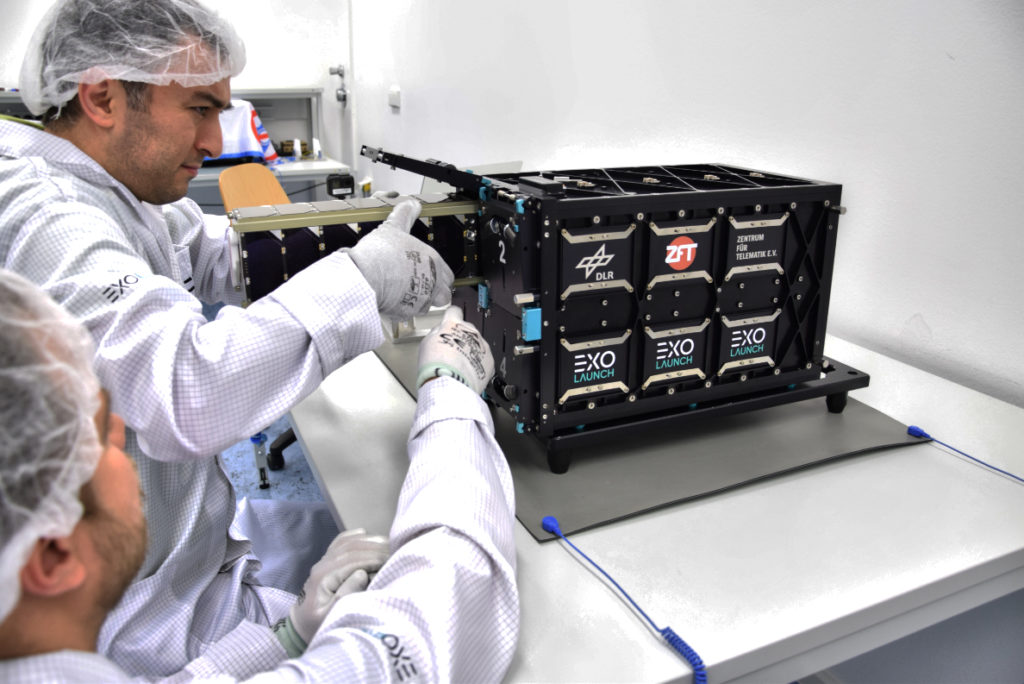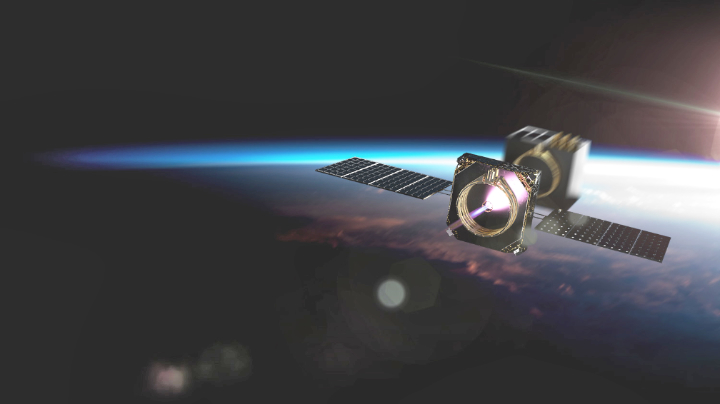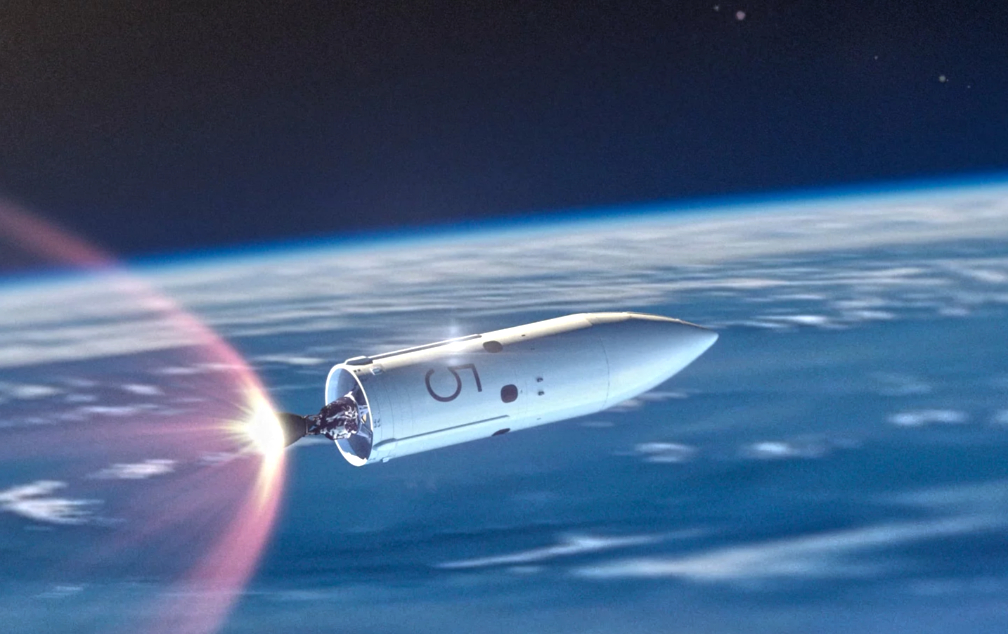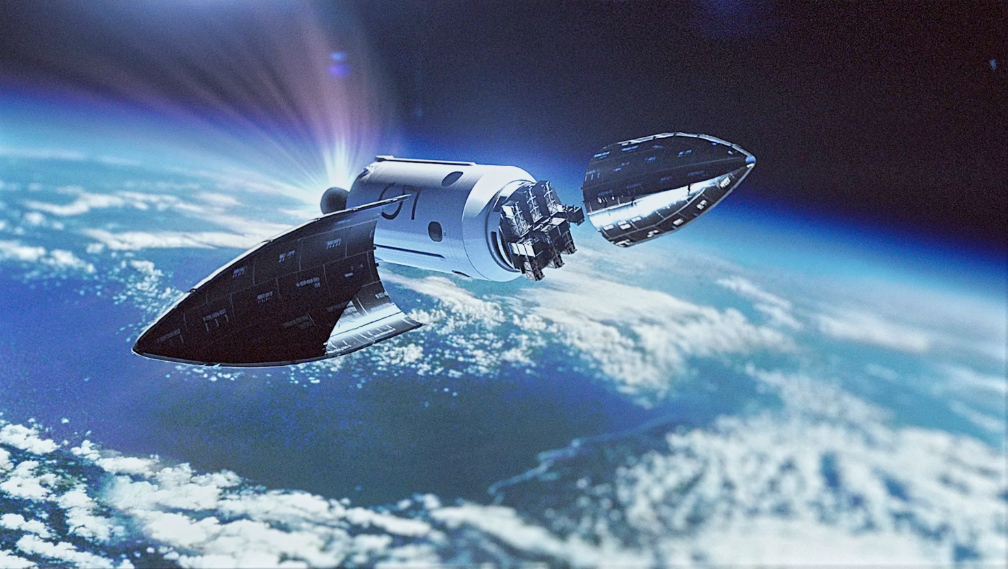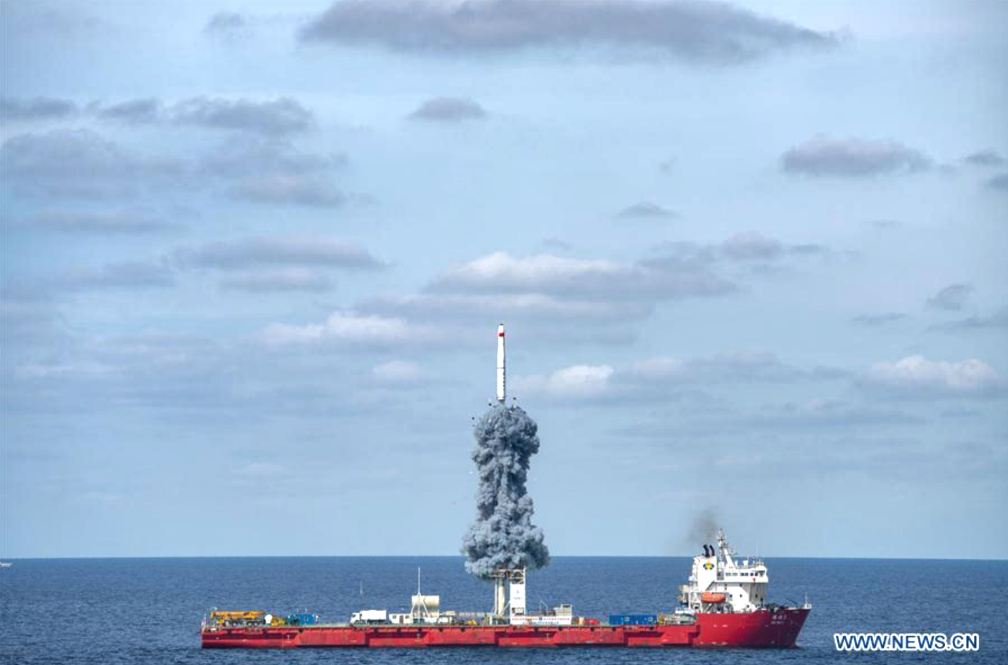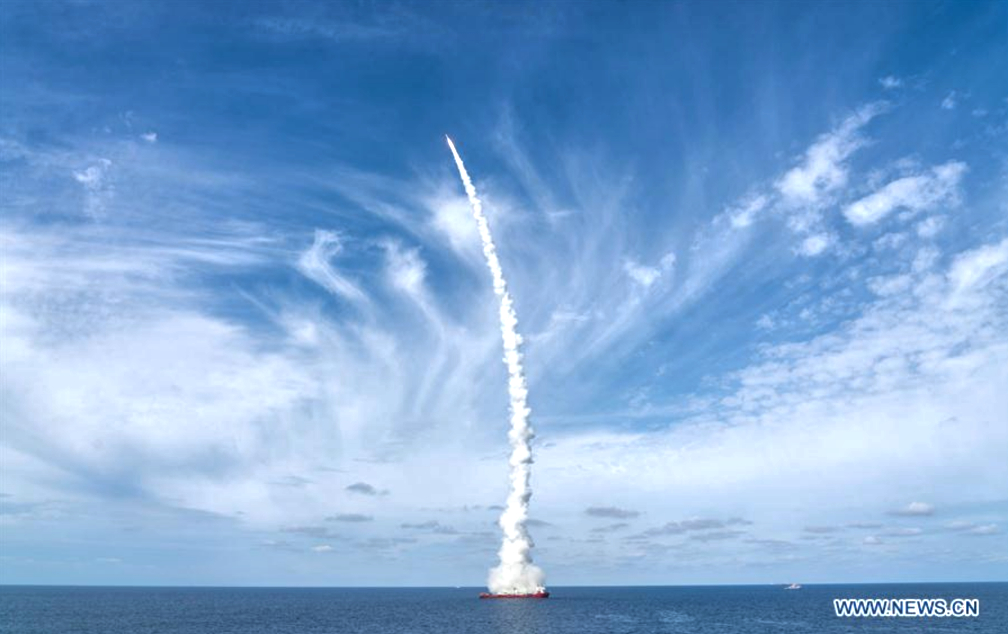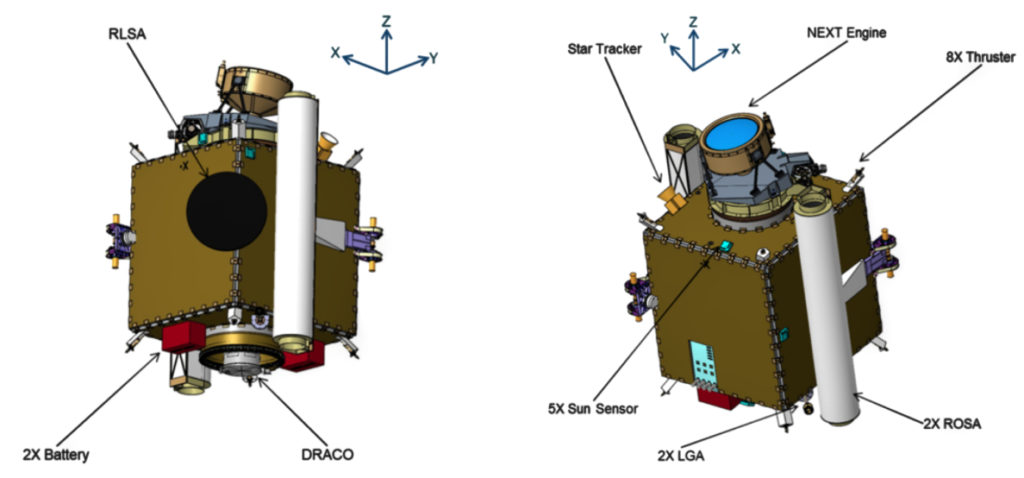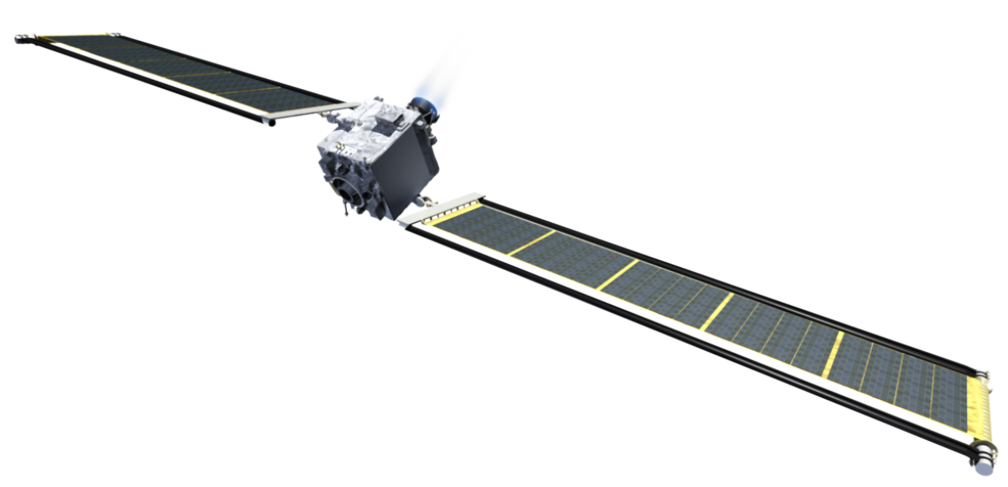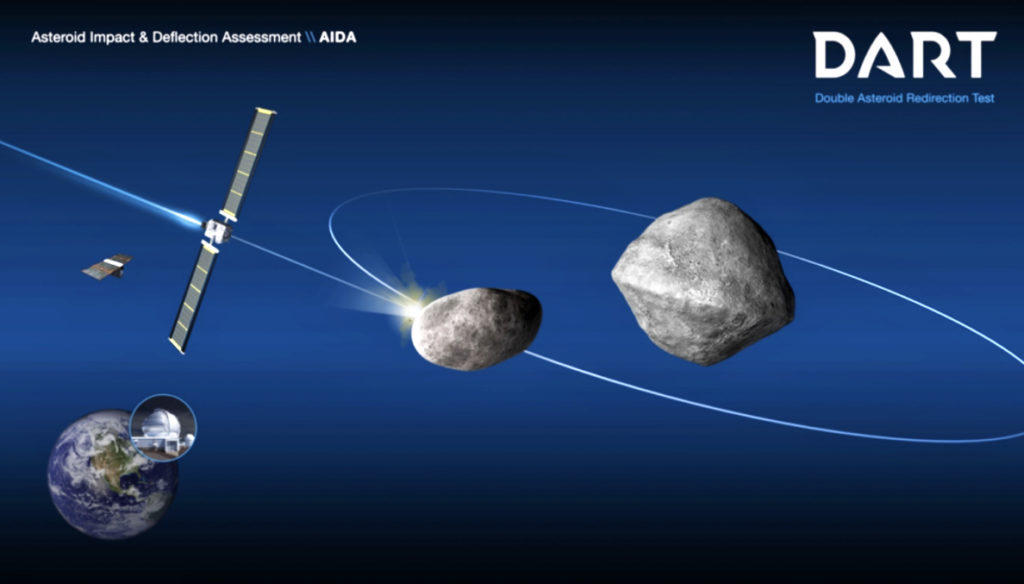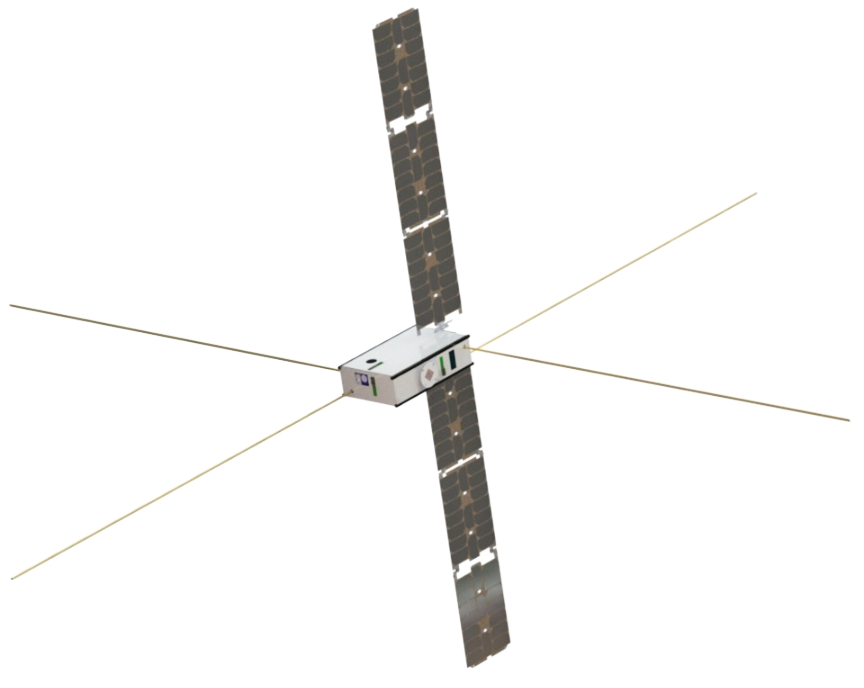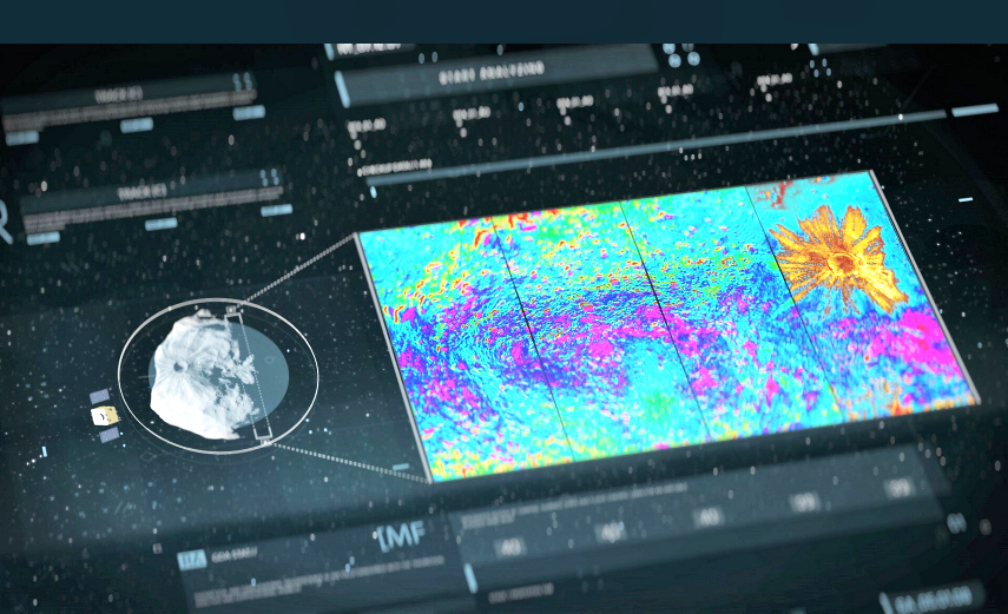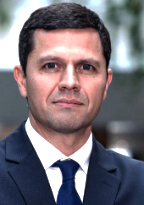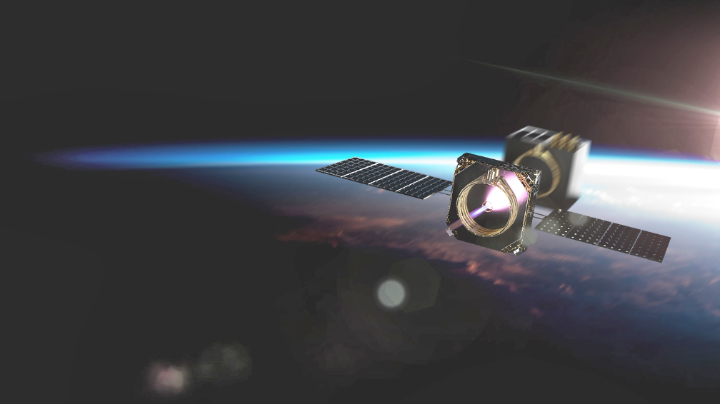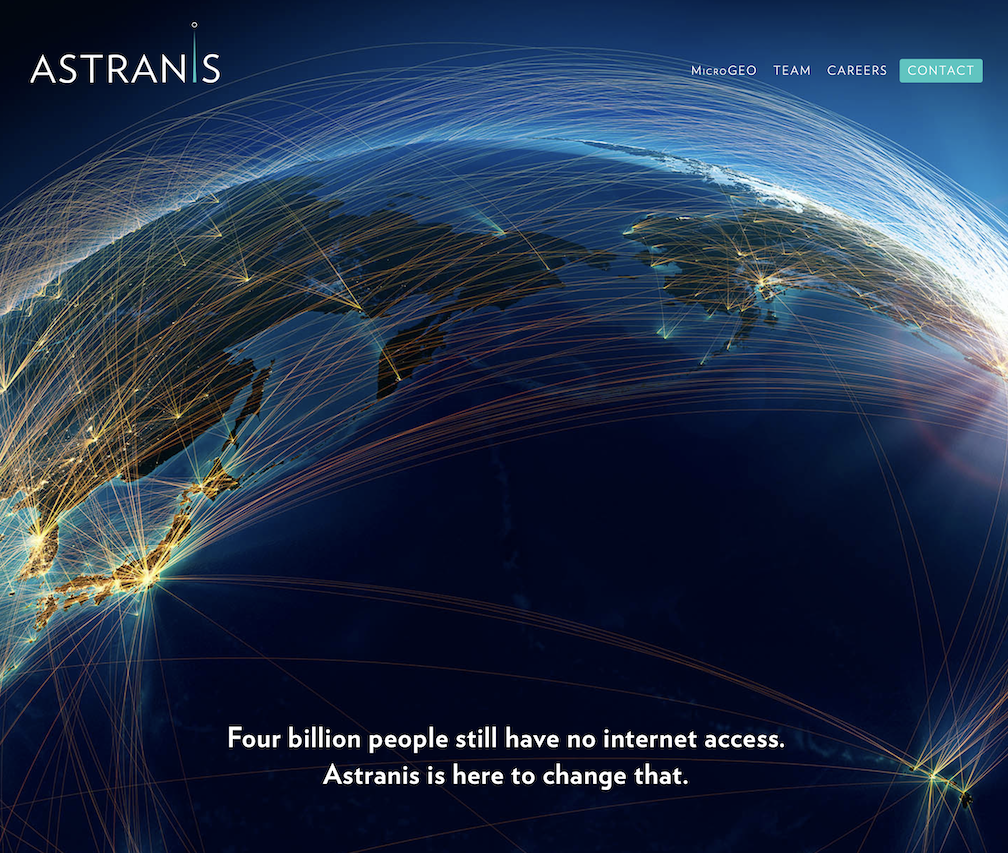
There’s a new senior advisor at the microsatellite developer Astranis who is a former NASA Administrator. Dan Goldin will be joining as a senior advisor to the company and chairing its new Technical Advisory Board. Astranis is building small, low-cost telecommunications satellites to connect the four billion people who currently do not have access to the internet. Each spacecraft operates from GEO with a next-generation design of only 350 kg, utilizing a proprietary software-defined radio payload.
Additionally, the company is announcing the completion of the Critical Design Review (CDR) for their first commercial program, which is a satellite for Pacific Dataport Inc. in Alaska. The CDR was completed under the supervision of Goldin with the participation of some of the space industry’s most experienced technical minds.
Administrator Goldin was the longest-serving NASA Administrator in NASA’s history, serving under Presidents George H.W. Bush, Bill Clinton, and George W. Bush. During his tenure he oversaw the Mars Pathfinder and Pluto flyby missions, personally developed the conceptual design of the James Webb Space Telescope, and oversaw the design, development, and initial deployment of the International Space Station. “I am joining Astranis because this is a transformational approach to satellite telecommunications,” said Goldin.

Administrator Goldin is the inaugural chair of Astranis’s Technical Advisory Board, a group that includes a dozen hand-selected experts with decades of experience designing, manufacturing, and operating many of the world’s most complex and powerful space systems in addition to some of the noteworthy smaller and more agile breakthrough systems. The team has more than 200 years of collective experience among them. Advisory board members include Dr. Fred Harris, known as one of the early fathers of the software-defined radio, Dr. Roger Myers, the former General Manager of Aerojet Redmond and a world-renowned expert in space propulsion, Bob Kaemmerer, NRO Pioneer and former Chief Engineer for TRW Defense Systems Group, and Dr. John Neer, founder and former CEO of Space Imaging, the first commercial space imaging company and executive lead at Lockheed for the innovative Iridium satellite program.
“I have participated in many design reviews and have seen many innovations in space over the years,” said Goldin, “but what Astranis is doing is truly unique. They have managed to pack what seems like an impossible quantity of communications capacity into a spacecraft with small form factor. To see such a young company present such a mature Critical Design Review was impressive. Our Technical Advisory Board is enthusiastic about supporting Astranis through this inaugural mission and looks forward to many more planned to come.”

This Critical Design Review was a three-day technical deep dive into the details of the satellite system to assess its expected performance against its mission objectives. The Astranis team presented the status of all designs and hardware test results to Astranis’s Alaska customer, Pacific Dataport, and the Technical Advisory Board.
Pacific Dataport Inc. CEO Chuck Schumann said, “I am incredibly pleased with the Astranis team and their continued progress on our first satellite. Completion of the CDR milestone at this time is a momentous achievement. Pacific Dataport is looking forward to the launch of this satellite, the first of its kind both for Alaska and for the world, in order to provide much needed broadband service for Alaska.”
Astranis CEO John Gedmark said, “The caliber and experience of the technical experts who have joined the Astranis family speak volumes to the promise of our technical program. We are committed to make GEO satellites more efficient and to produce them more rapidly than anyone else in the industry. We don’t think we have to sacrifice reliability to make that happen. This new group of advisors brings the experience of building many hundreds of satellites and managing spacecraft programs worth many tens of billions of dollars. We are honored to have them contribute to the success of our first commercial satellite program and beyond.”
The Technical Advisory Board will be contributing both to program oversight, and to new, cutting-edge technology development efforts Astranis will be undertaking to dramatically lower the costs of deploying affordable new bandwidth around the world.
The satellite is on track to ship out early next year and to begin service in the Summer of 2021.
The company is headquartered in San Francisco and has raised over $100M from top Silicon Valley investors including Andreessen Horowitz and Venrock, with a team of over 100 including world-class engineers from SpaceX, Boeing, Skybox, Qualcomm, Apple, and Google.

